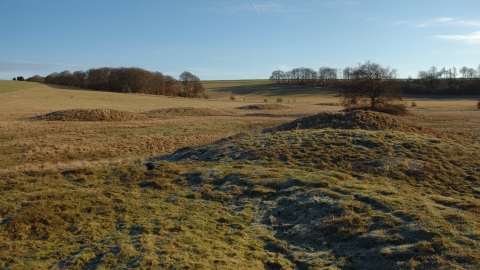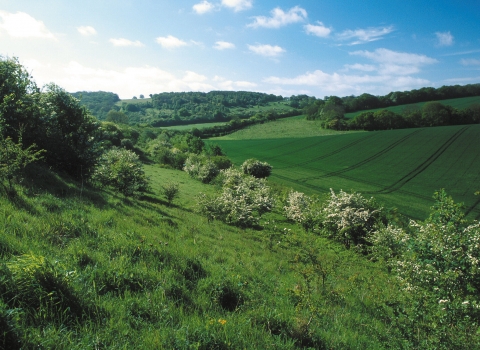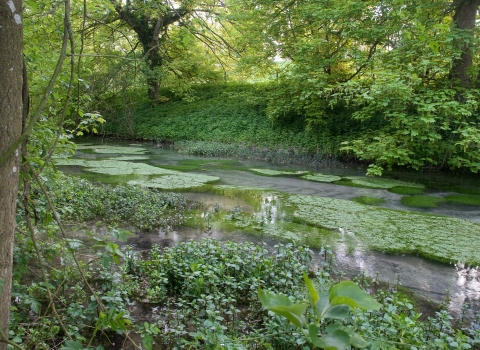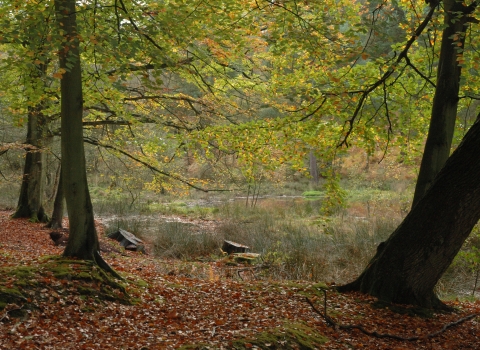
Jim Asher
Seven Barrows
Location
Know before you go
Dogs
When to visit
Opening times
Open at all timesBest time to visit
March to AugustAbout the reserve
Bronze Age beginnings
It is impossible to say for certain what this countryside looked like when its Bronze Age inhabitants were constructing their burial mounds, known as 'barrows', but it was likely to have been covered by woodland. The now characteristic open, rolling grassland of the Berkshire Downs was certainly shaped by people.
Rare survivor
Seven Barrows (there are actually 30 in the vicinity) may have been one of the first areas to have been cleared by early humans.
It has long provided a home for grassland plants and butterflies. Until comparatively recently, such flower-rich chalk grassland was widespread over the Downs, but now few wildlife havens are left because of intensive farming. This area probably survived because the barrows make it physically difficult to plough the land.
Flowers and butterflies
More than 150 plant species have been recorded on this old chalk grassland including horseshoe vetch, chalk milkwort, chalk fragrant-orchid, the delicate blue harebell and the purple-blue clustered bellflower. Its notable butterfly list includes the chalkhill blue, small blue, brown argus, marbled white and small heath.



